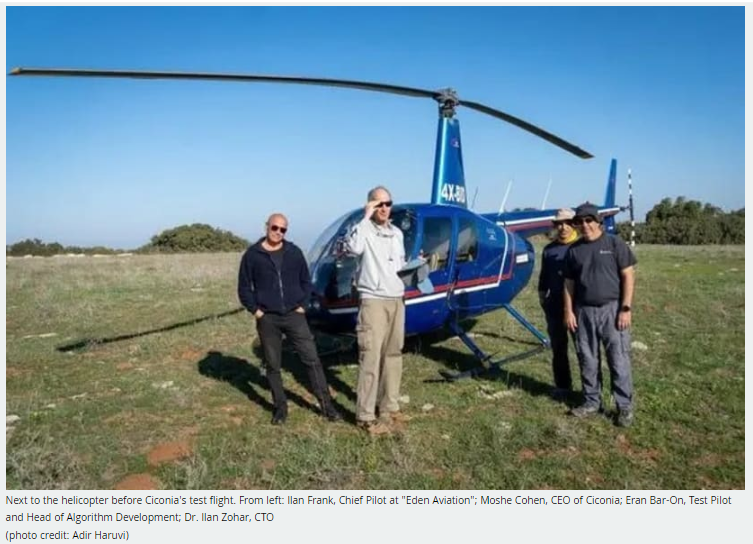One of these entities is NASA, which has integrated the team from Ness Ziona and Beersheba into its work teams for air traffic control and preventing drone and UAV accidents, alongside giant companies like Airbus. Ciconia’s solution, known professionally as C&CAS (Coordination & Collision Avoidance System), already appears in NASA’s ConOps (Concept of Operations) documents as one of the technologies that will revolutionize aerial firefighting.
The commercial potential is significant: beyond selling the system to every aircraft, costing up to thousands of dollars per unit depending on the aircraft, using the system will require a subscription fee for operation and maintenance, potentially generating billions in annual revenue. The system performs with high success rates in tests and simulations, and the company is working on giving the C&CAS the ability to prevent collisions between aircraft with the system installed and those without it.
The first field expected to adopt the technology is wildfire firefighting in North America, as early as next year. “The most burning problem in aerial firefighting, and we encountered it in Israel as well. Firefighting and police forces use drones to locate fire hotspots and identify the pace of spread. During a fire, firefighting pilots operate in harsh conditions, very low altitude, smoke, often heavy heat, and great fatigue. It is impossible to identify drones from the air. Therefore, to avoid a collision, when a firefighting helicopter or plane arrives, all drones must be on the ground. However, the drone is lifesaving equipment, and it is crucial to allow the firefighter to use the drone even when firefighting planes operate nearby. We have proven in many tests and demonstrations: with the C&CAS, planes, drones, and helicopters can operate together without the risk of collision.”
Another problem that the C&CAS solves is preventing the dropping of fire retardants from planes on firefighters on the ground in forest fires. “In a forest fire, the pilot does not see firefighters on the ground. Accidents have occurred in the past due to dropping retardants near firefighters on the ground. In one incident, a tree collapsed, killing one firefighter and injuring two others; in another, firefighters were washed away with the liquids several hundred meters down a steep slope. The C&CAS will prevent such events,” says Cohen.



